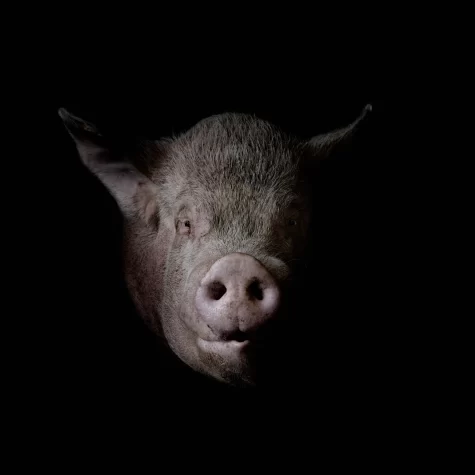History of Thanksgiving

In September of 1620, the Mayflower left from England carrying 102 passengers who were looking for a new home where they could freely practice their religion. After a long voyage lasting 66 days they landed in Cape Cod north of their original destination of the Hudson River. A month later the Mayflower arrived at Massachusetts Bay where the Pilgrims began setting up their village in Plymouth.
Throughout the winter most of the colonists remained on board, leaving them exposed, some contracted scurvy ( a disease caused by the lack of vitamin C) , and others had contracted contagious diseases.
In March, the colonists where visited by an Abenaki Indian who several days later returned with Squanto, a member of the Pawtuxet tribe. Squanto taught the pilgrims how to cultivate corn, extract sap from maple trees, catch fish in the river, and avoid poisonous plants.
In 1621, the Plymouth colonists and Wampanaug Indians shared an autumn feast which is now known as the first Thanksgiving.
In 1817, New York became the first of several states to officially adopt an annual Thanksgiving holiday, each celebrated on different days.

Aaron Compton is a Junior at Ada High school and has been a Cougar Call staff member for the past three years. He is currently serving as senior editor...





